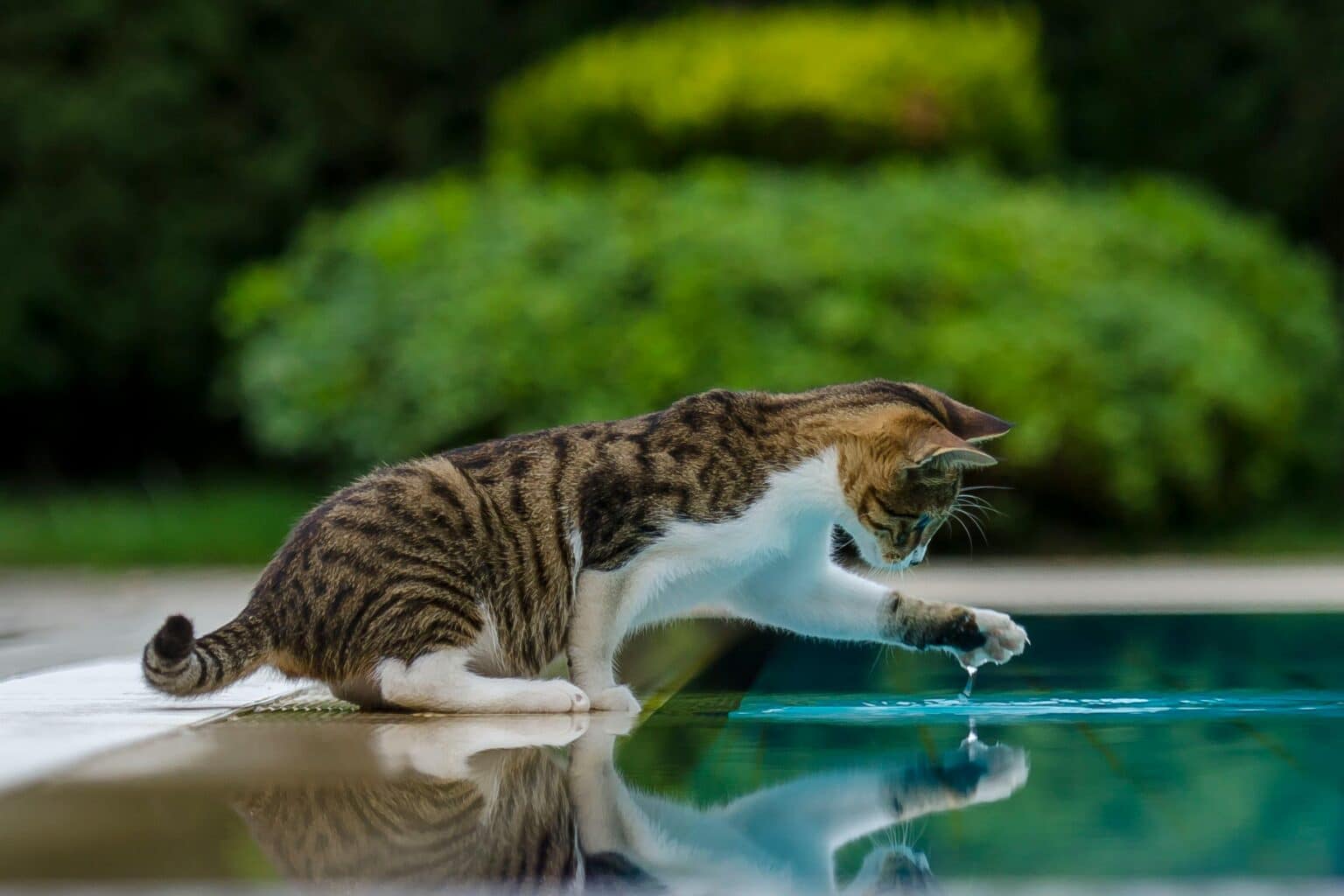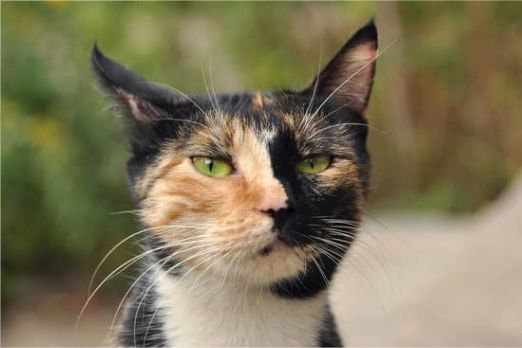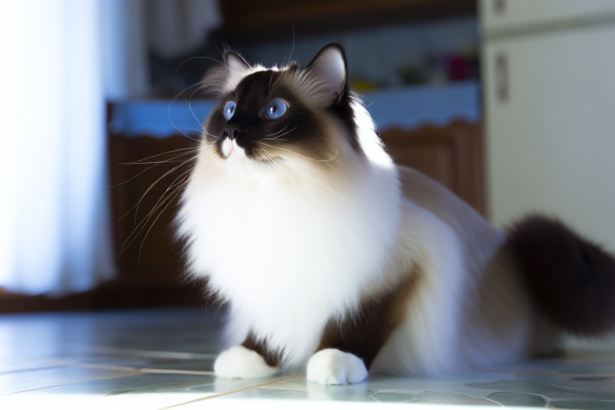A warm, whisker-friendly introduction
Ever wondered why cats don’t like water? If bathing your diva turns into a tiny tornado of claws, you’re not alone. Let’s decode the mix of history, biology and feline psychology behind this splashy subject—and learn how to help your kitty feel safer around H2O.
Ancient roots behind modern splashes
Desert ancestry, dry habits
Domestic cats descend from desert-dwelling felines, where water was scarce and rarely part of survival routines. No rivers to cross, no daily dips—just dry, efficient grooming. That heritage still whispers “keep your paws dry.” Curious about their lineage? Explore the ancestor of our domestic cats for the full story.
Evolution—and a few water lovers
Generations later, that cautious attitude remains. Yet there are exceptions: some Bengals and Maine Coons will dabble, paw at faucets, even step into shallow water. Personality and early experiences matter as much as breed.
Body talk: when water feels all wrong
Fur, drying time and temperature
Cat fur is dense and, once soaked, takes ages to dry. That clammy feeling can chill a small body fast—no thanks. Staying wet too long also means lost warmth, which feels unsafe for a creature wired for survival.
Super senses on overload
Running taps are loud and unpredictable to a cat’s sharp hearing. Water also blurs familiar scents—like their own, which they rely on to feel secure. No wonder many prefer to observe from a safe, dry distance. Speaking of scent, it’s why some cats find strong smells irresistible—learn more about why some cats love the smell of bleach.
The mind of a queen (or king): control is everything
First splashes shape beliefs
One rough bath can set a lifelong “nope.” Cats form fast associations: slippery surfaces, loud water, hands that hold a bit too tightly—filed under “danger.” Gentle, gradual exposure is the soft path to change.
Control lost, stress gained
Cats like to call the shots. In water, traction is poor, escape routes feel blocked, and human hands take over. That loss of autonomy alone can trigger panic—no trauma needed.
Help your cat feel safer around water
Gentle, positive steps
- Start tiny: a damp, warm microfiber mitt on shoulders only, then stop. Treat. Repeat on another day.
- Silence the sound: fill the sink or tub before the cat comes in. Taps off = calmer ears.
- Set the stage: warm room, non-slip mat, towel “landing pad,” and high-value treats ready.
Practical tip you’ll love: Try “reverse-bathing.” Place your cat on a cozy bath mat beside the tub, then use a squeezy bottle of lukewarm water to dampen a small area, wipe with a mitt, reward, and pause. No immersion, no scary faucet, just slow magic. For a complete routine, here’s how to wash your cat safely.
Mistakes to avoid (and why)
- Using human or perfumed shampoos: they disrupt skin pH and natural scent cues, making your cat more anxious next time.
- Rushing or restraining firmly: force only confirms fear. Stop early on a good note; you can do more another day.
- Blasting a hairdryer: hot, noisy air feels threatening. Pat-dry with warm towels and let the rest air-dry in a draft-free room.
Want a deeper dive into stress-free grooming basics? This comprehensive guide from Clinique Vétérinaire Calvisson is a handy read.
Great alternatives to full baths
- Waterless mousse or wipe-downs for dusty coats.
- Targeted paw and rear rinses instead of the whole body.
- Regular brushing to prevent mats and reduce the need for bathing.
Surprising nuggets to know
Not all “water” is equal
Many cats dislike immersion, but adore moving water. Some will chase drips, tap a shallow bowl, or sip from a trickling fountain. Flat, wide bowls can also help—narrow, deep bowls cause whisker stress.
Fun fact: Big cats like tigers love a good swim in hot weather. Same family, very different lifestyle!
Bringing it all together
Why don’t cats like water? A desert past, sensitive senses, and a deep need for control. With patience and tiny, positive steps, your feline can learn that water doesn’t equal panic. Curious about other quirky fears? Here’s why some cats are afraid of cucumbers.
FAQ
Do any cat breeds naturally like water?
Some individuals do—Bengals, Maine Coons, and Turkish Vans are often cited—but personality and early experiences matter more than breed alone.
How can I bathe a cat that hates water without trauma?
Keep sessions short, quiet and warm; wash small areas at a time, reward generously, and stop early. Consider wipes, waterless shampoos, or spot-rinses.
Is bathing necessary if my cat grooms herself?
Usually no. Healthy cats self-clean well. Reserve baths for heavy soiling, medical needs, or sticky/irritating substances.
What are the risks if my cat stays wet too long?
Chill, stress, and potential skin irritation. Pat-dry with warm towels and let your cat finish drying in a cozy, draft-free room.








